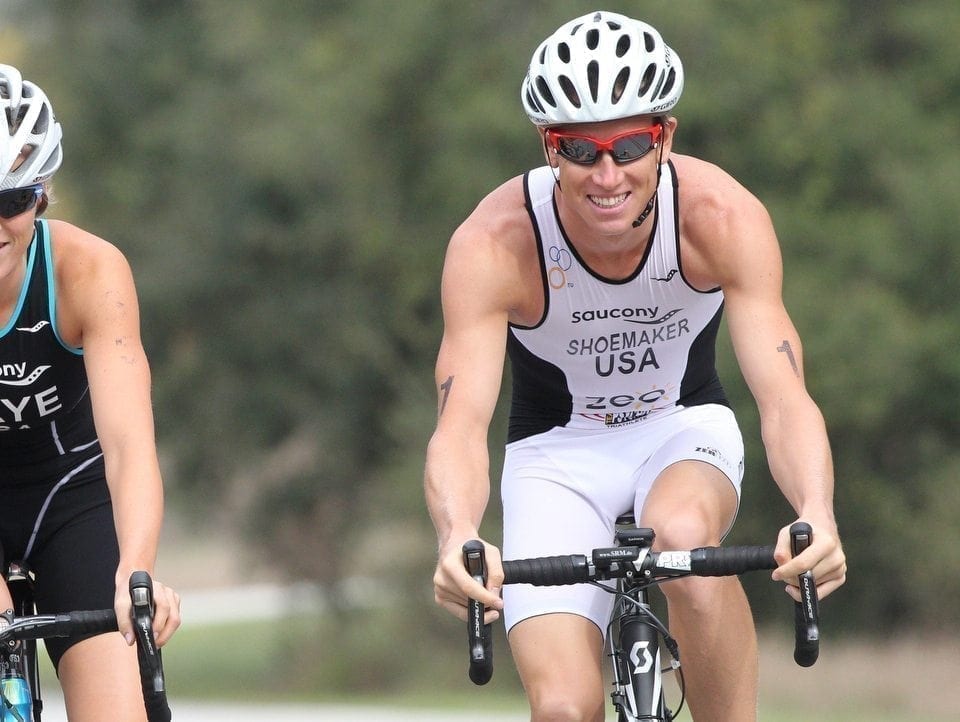As the fall season goes full swing, now is a great time to start road cycling! Cycling is low-impact and creates less stress on the body than running. Though the two disciplines offer comparable aerobic results, it’s easier to maintain a lower heart rate while pedaling, so beginners can cycle for longer periods than they can run.
Ready to jump on your bike and watch the leaves change colors? Here’s what you need to know to get started.
1. Always wear a helmet Never (I repeat, NEVER) ride without a helmet. There is no reason you should be without one! A helmet will protect your head and brain from serious injury if you happen to slip, fall, or get into an accident with a car.
2. Start with a road bike Even if you hope to get participate in time trials or triathlons down the road, it’s best to start cycling with a road bike. They’re easier to maneuver and more comfortable than other styles.
3. Use pedal cages at first You may have noticed experienced cyclists wearing special shoes that clip into the pedals. These allow for a better transfer of power and a smoother pedal stroke. But they’re tricky to get used to. If you’re new to cycling, it’s smarter and easier to start with pedal cages. Pedal cages allow you to wear your own shoes, and they’re much easier to get into and out of when you’re coming to a stop. You can always upgrade to clip-in pedals later.
4. Get a bike fit Every athlete whether new to the sport or a top level pro should have a bike fit done once a year. A bike that hasn’t been properly adjusted to your body can lead to overuse injuries—for example, if your seat is positioned too your knees will succumb to additional pressure while pedaling, causing achiness and pain. Head to a bike shop where a bike fitter can adjust the height and fore and aft positions of the seat, the reach and height of the handle bars, and more. It will make your cycling experience more pleasurable—it’s worth the cost, trust me.
5. Wear the right clothes Yes, as silly as it looks, cyclists wear spandex. But there’s a reason for it: tighter-fitting bike shorts are more comfortable and help prevent saddle sores. Bibs shorts, which have straps that go up over your shoulders, and regular shorts are both great—pick the style you’re most comfortable wearing. When it comes to tops, look for a bike jersey with pockets in the back for carrying your gear. And go for bright colors to help you remain visible on the road. If you’re riding in cool weather, a good jacket, leg sleeves, and arm warmers will keep you nice and toasty.
6. Be prepared for flats Tire issues happen—even to the pros in the middle of big races! So it’s a good idea to bring a portable bike pump that fits in your jersey pocket along for your rides. Take a class or watch a video on how to change a tire, and always have extra tubes and tools with you.
7. Hit the road!
Map out a ride before you go and, if possible, tell someone where you’re going and when you plan to be back. Look for bike-friendly roads with shoulders or dedicated bike lanes. As a beginner, you’ll want to keep rides to 30 to 45 minutes at first, and then work your way up to longer distances as your body gets used to the mechanics of cycling. Keep your pedal cadence high, and have fun!
Who’s ready to start cycling? Share in the comments below!
Photo: Jarrod Shoemaker




